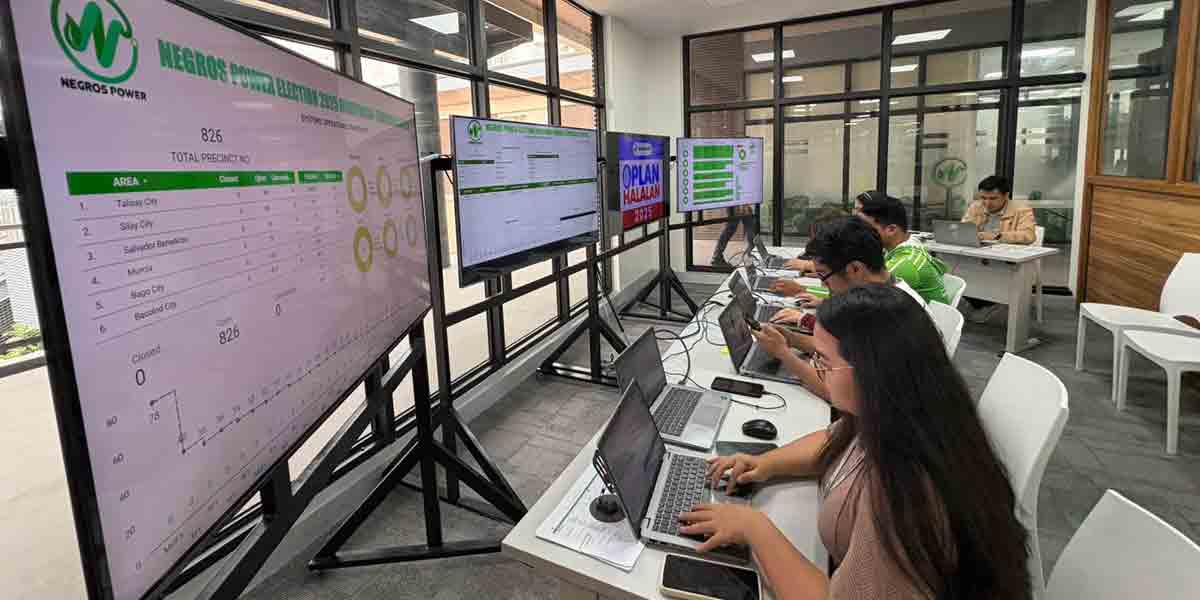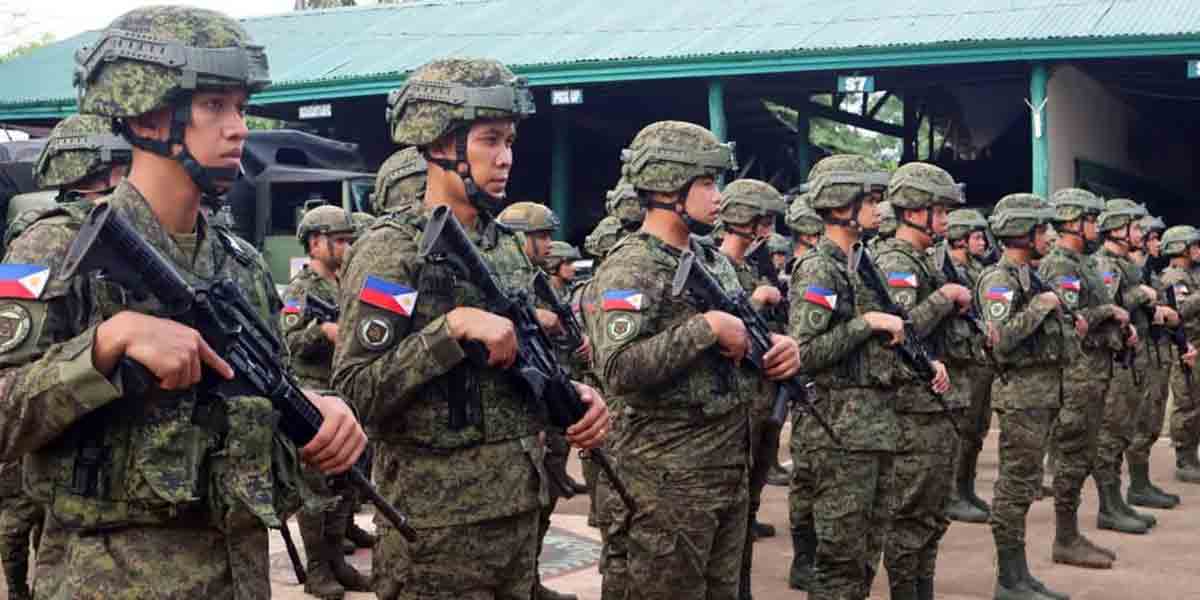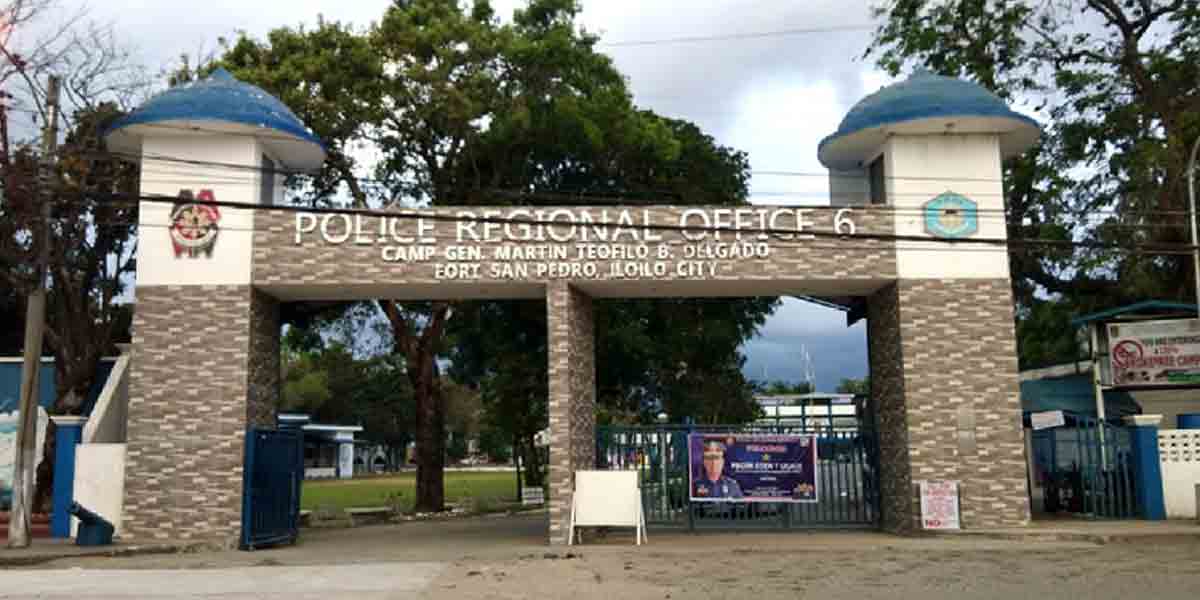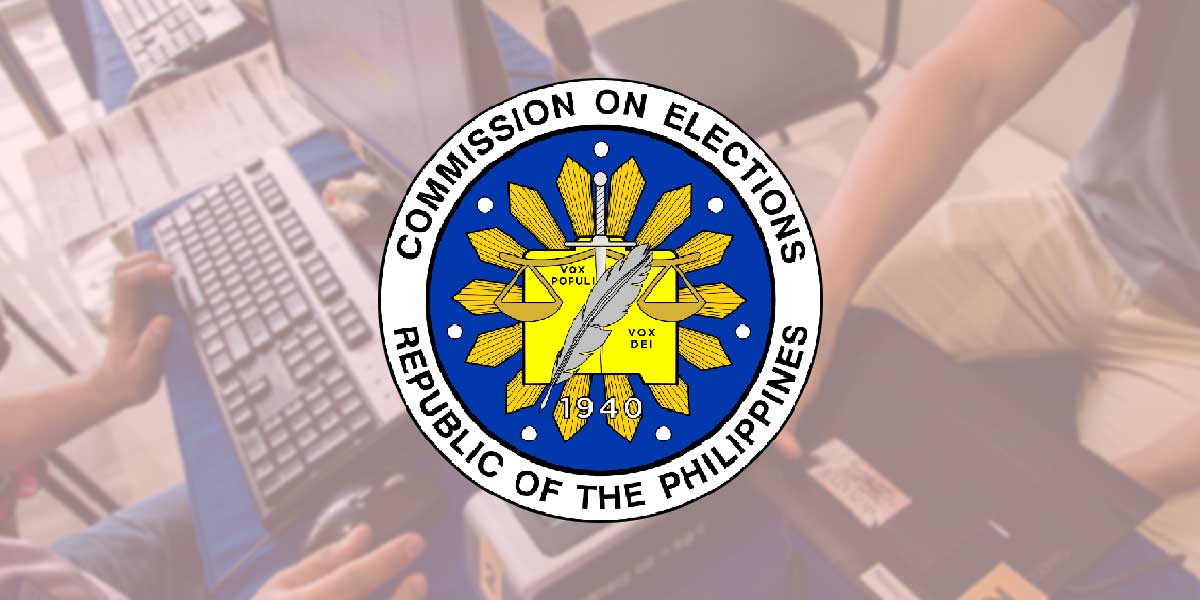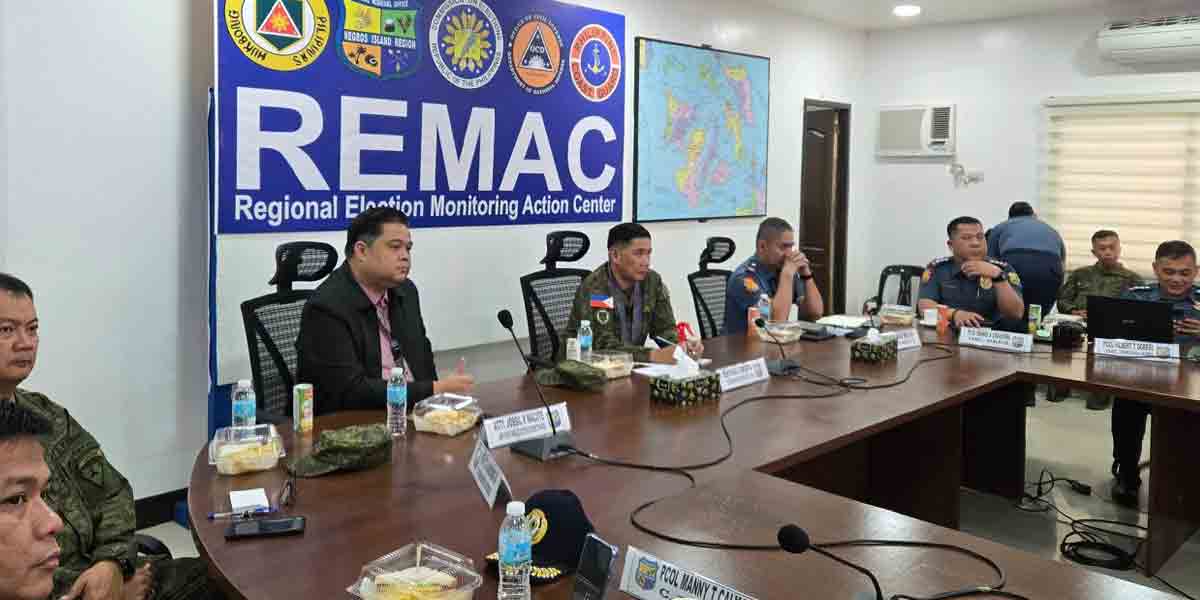The shortage of veterinarians in Iloilo’s local government units (LGUs) is creating significant hurdles in controlling the province’s dog population, a problem that threatens public safety and animal welfare.
Efforts by the Provincial Veterinary Office (PVO), while commendable, face limitations due to a lack of personnel. With stray dogs contributing to over 200 road accidents in 2024 alone, the urgency of addressing this issue cannot be overstated.
The PVO’s ongoing spaying, neutering, and anti-rabies vaccination campaigns highlight its dedication. Last year’s achievements, including vaccinating 87.37% of the dog population and sterilizing over 1,000 dogs, show promise. However, the imbalance between the growing dog population and the available veterinary workforce limits the program’s reach.
A critical effect of this shortage is the heightened risk of road accidents, as seen in cases like the recent collision in Oton, which injured a motorcyclist and killed a stray dog. These incidents underscore the consequences of uncontrolled stray populations and the need for stronger community engagement in responsible pet ownership.
The lack of veterinarians also hampers the full implementation of Republic Act 9482, or the Anti-Rabies Act of 2007, particularly its mandate for integrating pet ownership education into school curriculums. Without veterinarians to spearhead educational efforts and enforce regulations, many communities remain unaware of their responsibilities.
Opportunities exist to address this gap and improve Iloilo’s veterinary infrastructure. LGUs can collaborate with veterinary schools to establish scholarships or incentives for students who commit to serving in rural areas. Partnerships with private veterinary clinics and non-government organizations could also expand the reach of spaying, neutering, and vaccination services.
Additionally, hiring more barangay vaccinators, as some municipalities have done, is a short-term solution that can alleviate the immediate workload of veterinarians. However, this must be coupled with long-term investments in training programs for veterinary paraprofessionals who can provide basic animal healthcare services.
Technology offers another avenue to bridge the gap. Mobile veterinary clinics, equipped to handle spaying, neutering, and vaccinations, could reach remote areas efficiently. Digital tools, such as apps for tracking vaccination schedules and reporting stray dogs, could empower communities to take a more active role in pet management.
Education remains paramount. Responsible pet ownership campaigns must intensify, using accessible formats such as radio programs, community forums, and social media platforms. Involving schools, as originally envisioned in RA 9482, can instill lifelong values of pet care among young Filipinos.
The veterinary shortage is not just a logistical challenge but an opportunity to innovate and build a sustainable system for animal welfare in Iloilo. By addressing this issue, the province can reduce accidents, control rabies risks, and create a healthier environment for both people and animals.
While Iloilo’s current efforts are laudable, they must be scaled up to meet the demands of a growing population. Collaborative solutions, community engagement, and targeted investments in veterinary services are the keys to turning this challenge into a success story.

